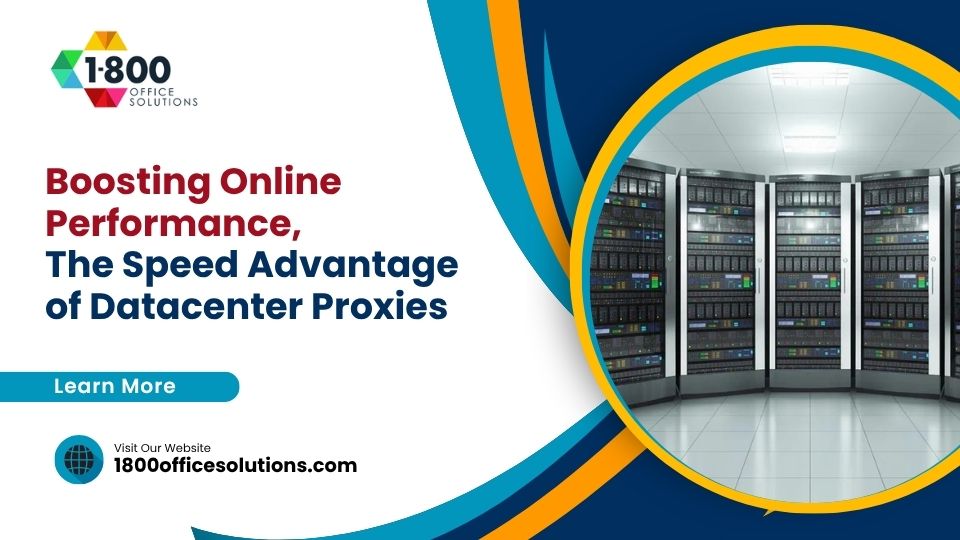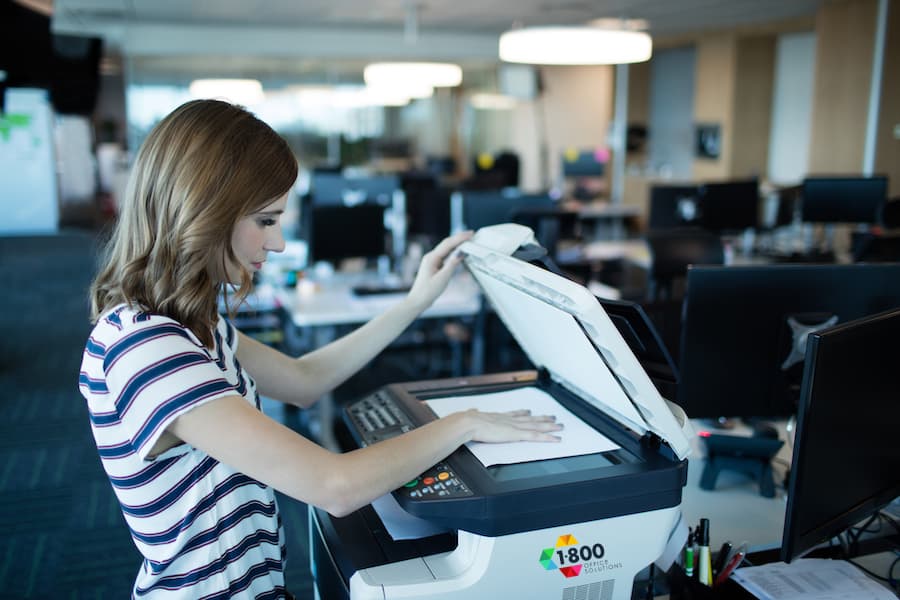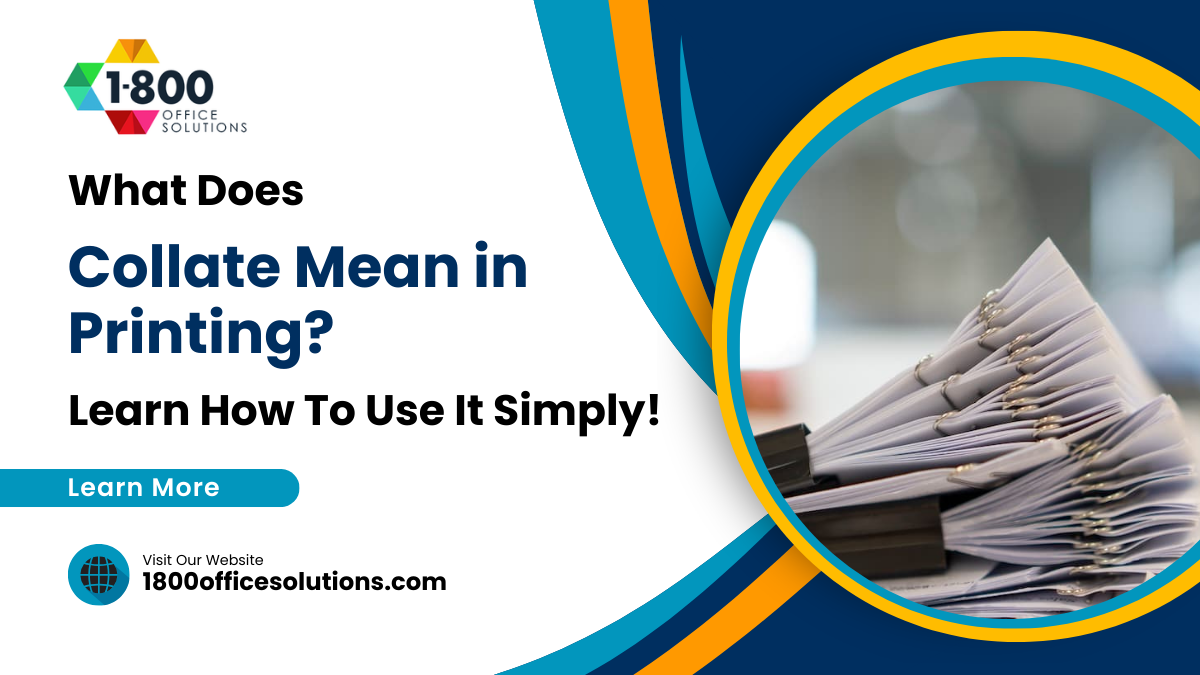Why Businesses Should Ditch Paper and Go Digital
 For decades, businesses have relied on paper for everything – contracts, invoices, reports, and even casual memos. But in today’s fast-paced, technology-driven world, sticking to paper-based processes will only hold you back.
For decades, businesses have relied on paper for everything – contracts, invoices, reports, and even casual memos. But in today’s fast-paced, technology-driven world, sticking to paper-based processes will only hold you back.
Digital documents are faster, more efficient, and cost-effective. As a business, embracing and adopting digital transformation helps you keep up with the times and make smarter financial and operational decisions.
So, why should you go paperless, and how can you make the transition? Let’s break it down.
Cost Savings and Efficiency
Printing, storing, and managing paper documents isn’t easy or cheap.
Consider the costs of ink, printers, filing cabinets, maintenance, storage space, and even the time employees spend sorting through the stacks of paper. It all adds up, cutting into a company’s budget without offering much in return.
Switching to digital documents will help you reduce these expenses significantly.
How? Digital files can be stored on cloud-based platforms, allowing employees to find and share important information instantly. Platforms like Google Drive and Dropbox ensure that documents are accessible from anywhere, eliminating the need for physical file storage.
Plus, contracts and reports can be generated, signed, and shared in just a few clicks – no printing, scanning, or mailing required.
Instead of printing a 50-page contract multiple times, businesses can create, edit, and send documents digitally in seconds, all without the need for paper, ink, or any other expenses.
Better Organization and Accessibility
Have you ever spent hours looking for a misplaced document?
You’re not alone. In a traditional office setting, employees spend a lot of time sifting through piles of paperwork, searching for missing files.
Papers files are notorious for getting lost, misfiled, or damaged. A single misplaced contract can lead to delayed projects, frustrated clients, and unnecessary stress. Digital documents eliminate this headache.
With cloud storage and document management tools like Soda PDF, businesses can organize files neatly into folders, convert them into different formats, and find any document with a quick search.
Instead of flipping through endless stacks of paper, you can find the exact document you need in seconds with just a keyword or date filter. Plus, digital documents can be accessed from anywhere, whether an employee is at the office, at home, or traveling.
Security and Compliance
Physical documents are also at risk of getting damaged, stolen, and vulnerable to unauthorized access. A single coffee spill, fire, or misplaced file can lead to critical data loss.
Digital documents, on the other hand, offer better security. Businesses can encrypt files, set access permissions, and ensure compliance with industry standards like GDPR or HIPAA.
Unlike paper records that can be accessed by anyone who walks into an office, digital files allow companies to control who sees what and when.
Additionally, automatic backups prevent data loss, and audit trails can keep track of who opened or edited a document. So, even in the event of a cyberattack or system failure, information remains intact.
For businesses that handle confidential contracts and sensitive customer data, going digital is about more than convenience — it’s necessary. Without digital security, companies are prone to data breaches that can damage their reputation and lead to legal consequences.
Improved Collaboration and Workflow
Going digital also transforms the way teams work together. It means no more digging through email threads or waiting for someone to pass you a file.
Digital documents allow multiple people to access, edit, and comment in real time. They’re all in one place, too.
This leads to:
- Faster approvals and revisions with instant updates and version control. Documents can move from one person to the next instantly, with no printing or scanning required. Signatures and feedback can also be given directly.
- No bottlenecks caused by waiting for physical document transfers. Digital storage means you won’t have to deal with “Oops, I left that on my desk” situations. Everything is right where you need it, whenever you need it.
- Seamless integration with project management and communication tools.
With a digital workflow, businesses can increase productivity, reduce miscommunication, and streamline operations. It makes work less frustrating and more efficient.
Environmental Benefits
Sustainability has become a trend but really, it’s a responsibility.
An average office worker uses 10,000 sheets of paper per year. Apart from being expensive, it’s a huge environmental footprint.
Going paperless reduces paper use, which reduces clutter and directly impacts the planet.
Here’s how:
- Fewer trees are cut down. It means less deforestation and a healthier ecosystem. Millions of trees are harvested just to keep up with paper demand.
- Less energy is wasted on printing. Producing, transporting, and recycling paper takes a lot of energy, too – some things that digital documents don’t need.
- Waste production is reduced. Water waste, chemical processing, and even pollution decrease when you go digital.
Digital solutions are becoming more sustainable than ever. Switching to a paperless system is a step toward a cleaner, greener future.
How to Make the Transition
Making the shift from paper to digital might sound complicated, but it’s not.
All you have to do is take small, manageable steps instead of doing everything at once.
- Start with what you already have. Gradually digitize existing documents. Scan important files and store them in a secure cloud or digital database.
- Use the right tools. Online tools and platforms allow you to convert, edit, and organize digital documents effortlessly.
- Implement a paperless workflow. Encourage employees to shift to digital notes, e-signatures, and cloud-based systems instead of relying on physical paperwork.
- Train your team. To make the transition smooth, make sure everyone is comfortable with the new system. Provide training and support to help them adjust.
Go step by step. You don’t have to remove all the paper overnight. Do it slowly and with the right approach.
Going Paperless
The benefits of transitioning to a digital workflow are hard to ignore. Cost savings, efficiency, security, and sustainability all make digital the smarter choice.
When you switch to digital documents, you’re not only reducing clutter but also future-proofing your business and making operations smoother than ever.
The future of business is here – and it’s digital. So, why wait? Start your transition today.











